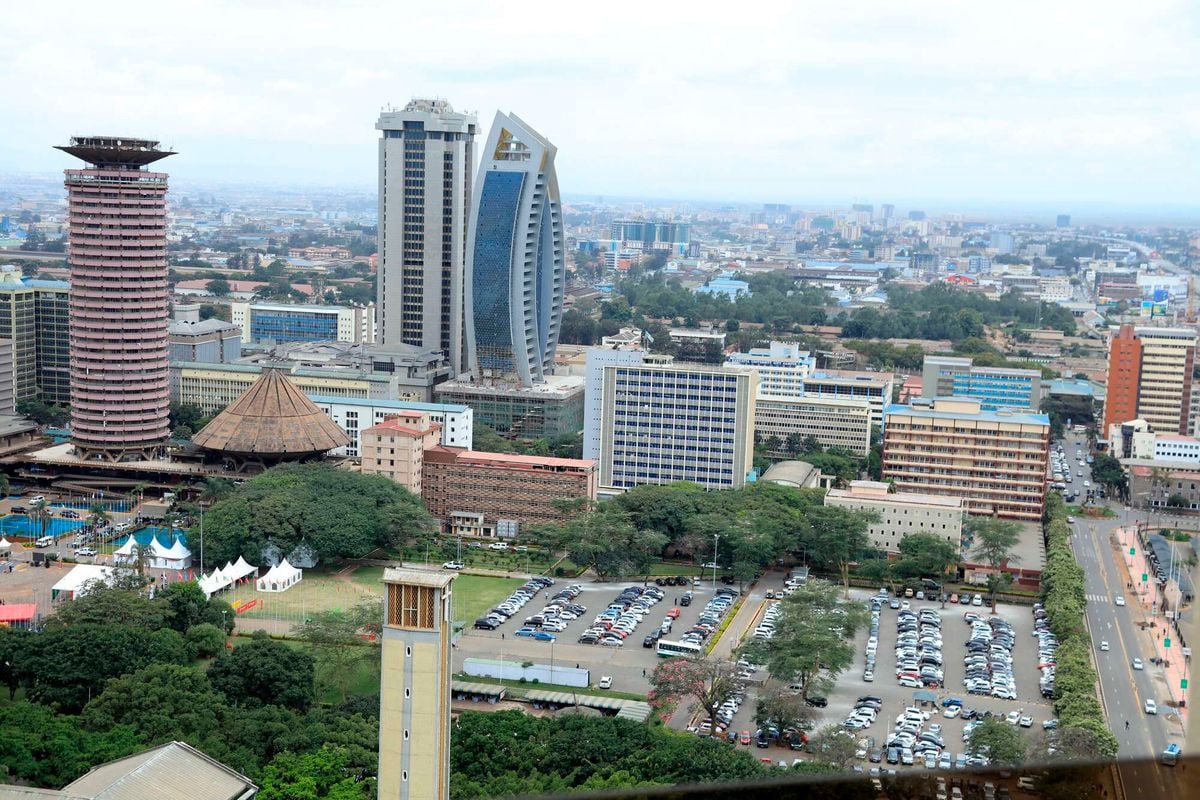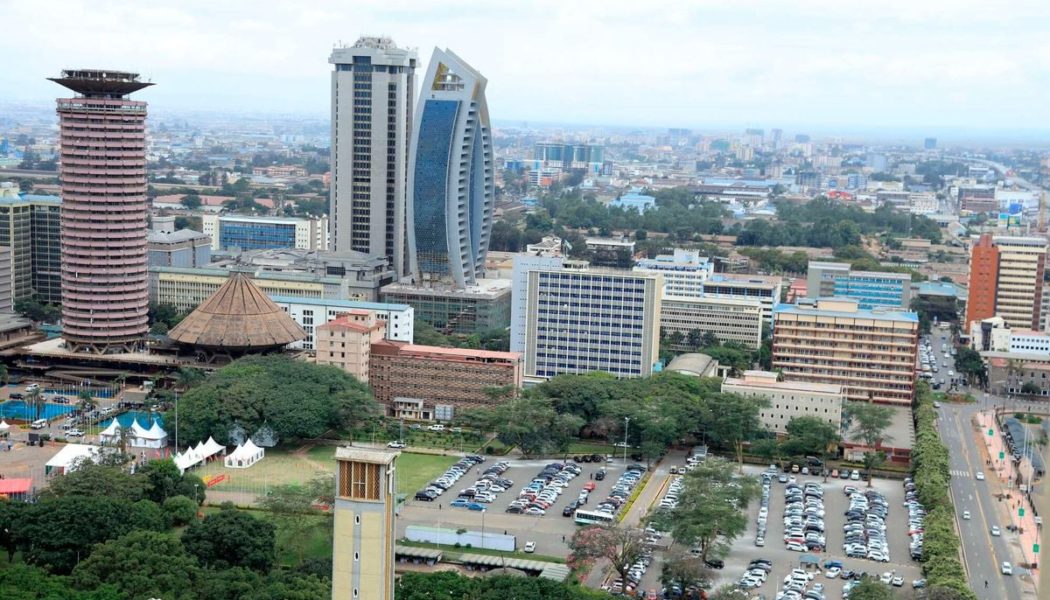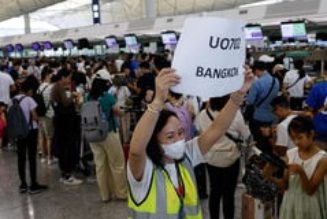
Kenya’s private sector activity deteriorated marginally in September on lingering cash flow challenges which hit output and demand for goods and services, findings of a monthly survey showed on Thursday.
The Stanbic Kenya Purchasing Managers’ Index (PMI), which measures the performance of key private sector indicators such as output, new orders and employment — dipped slightly to 49.7 from 50.6 in August.
PMI readings below 50 signals a decline in month-on-month private sector activity, while levels above points to growth.
The marginal deterioration reversed a recovery in August, the first in three months, following months of anti-government protests.
“Business conditions contracted slightly in September, implying that the pickup in August was due to some recovery after the disruptions caused by protests earlier this year,” Christopher Legilisho, chief economist at South African-based Standard Bank, the parent firm of Stanbic Bank, wrote in the PMI report.
“New orders and output were weak due to subdued consumer demand – notwithstanding some firms reporting increased client turnout and higher investments.”
Anecdotal evidence drawn from about 400 panellists who participate in the monthly survey blamed the contraction in private sector conditions on economic challenges for businesses and households, which slowed sales, prompting firms to cut back on output.
Wholesale and retail, agriculture and services sectors posted a decline in business activity in September compared with a month earlier, the report suggests, while manufacturing and construction sectors edged up.
Businesses and households have been battling a biting shortage of money in circulation for months after deadly youth-led protests against new taxes and bad governance, which created economic uncertainty, delaying consumer spending decisions.
The resulting political uncertainty, which rocked President William Ruto’s administration, exacerbated the cash flow challenge because of rising interest rates amid elevated cost of living pressures.
The countrywide protests, largely organised by youth on social media platforms and who said they were not affiliated to any political or ethnic grouping, prompted Dr Ruto to drop the Finance Bill 2024 and sack about half of his Cabinet.
The protests, which were allegedly infiltrated by hired goons, paralysed business in major urban centres on the days of the demonstrations, with hundreds of retail stores looted at the peak on June 25.
Panellists in the PMI report said sales would gradually improve going forward “amid greater customer turnout, higher investment and a positive impact from marketing”.
The Central Bank of Kenya’s Monetary Policy Committee is expected to cut the base lending rate when it meets on Tuesday next week, signalling to lenders to start lowering the cost of loans after September inflation slowed to its lowest levels since December 2012.
Lowering the cost of borrowing is expected to boost demand in a softening economy, which has been hurt by high interest rates that were imposed to tame inflation.
The MPC cut the central bank rate by 25 basis points to 12.75 percent at its last meeting on August 6.
Prior to the CBR reduction, the MPC had raised the rate by 5.5 percentage points since the tightening began in May 2022 to July 2024 in a bid to manage inflationary expectations by keeping cost of borrowing elevated.









